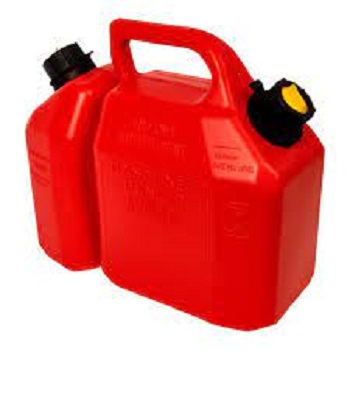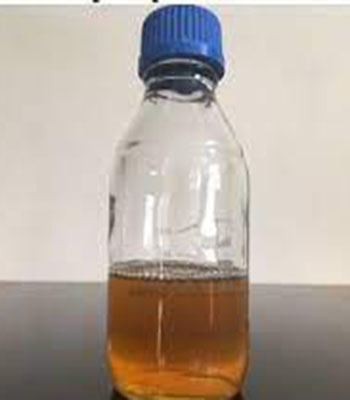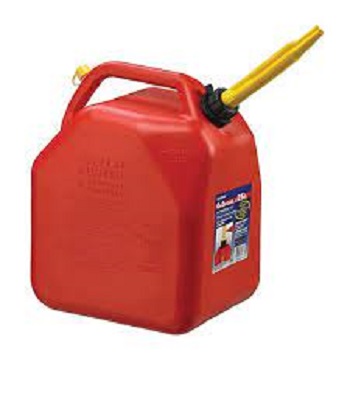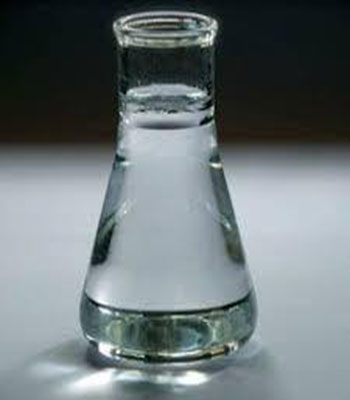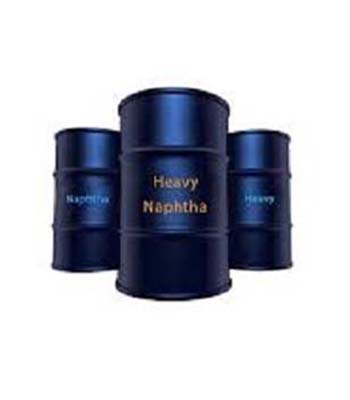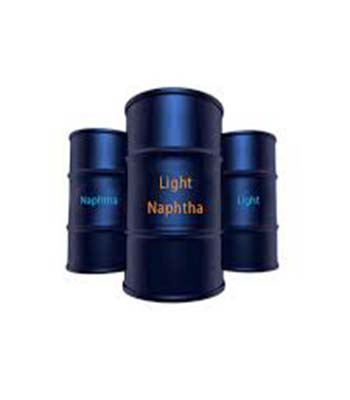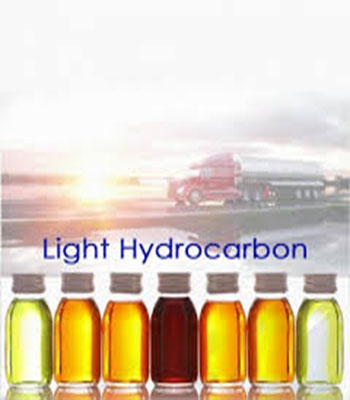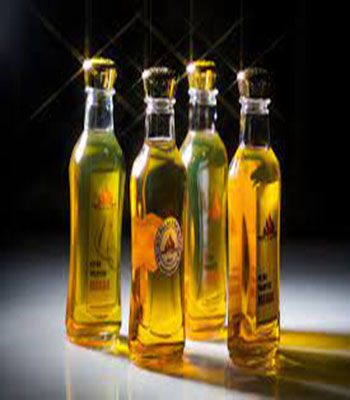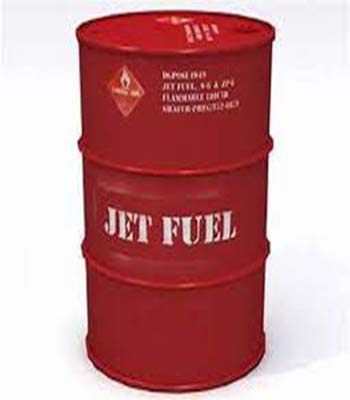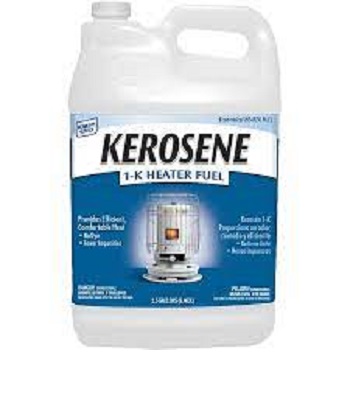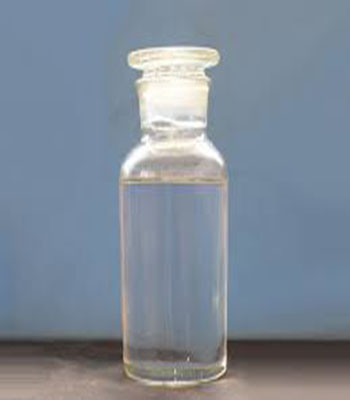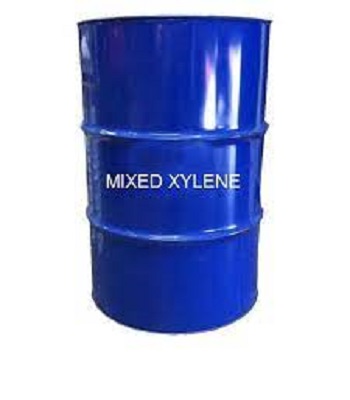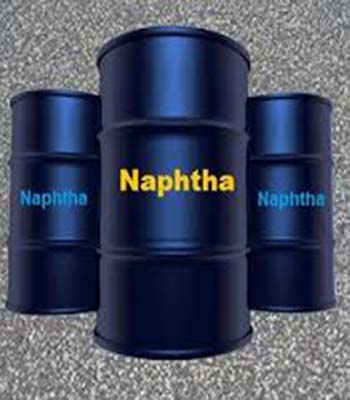Gas Oil-Gas Oil10000 ppm
Gasoil(Diesel Fuel)
Gasoline
Gasoline A87
Gasoline A89
Gasoline A90
Gasoline A95
Gasoline87
Heavy aromatic-Hydrocarbons
Heavy naphtha-Naphta
HTN-Naphta
Hydrocarbon-Light Hydrocarbon
Hydrocarbons-Heavy Hydrocarbon
Jet fuel
Jet fuel-Jet A
Jet fuel-Jet B
Kerosene
Kerosene-KeroseneC9-C16
Light Naphtha-Naphtha
Lightends-Hydrocarbons
MDI
Mixed-Xylene
DESCRIPTION
Mixed xylenes are the second-most-important aromatic product in terms of world consumption for chemical manufacture, ranking behind benzene and ahead of toluene. Mixed xylenes refers to the equilibrium mixture of four isomers with the same C8H10 chemical formula. The isomers in order of natural occurrence are meta-xylene, ortho-xylene, para-xylene, and ethylbenzene.
Xylenes are produced with different processes. When in refineries, oil cuts enter the reforming units, aromatic compounds comprise a great proportion of the outflow material. Separating this flow into its components, accounts for more than 70 percent of global xylene supply. Also in the steam cracking process in olefin units, some quantity of Mixed Xylene is produced. In addition, disproportioning Toluene into Benzene and Xylene and treating Pyrolysis Gasoline are also different ways to produce Mixed Xylene.

